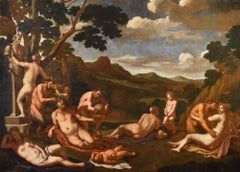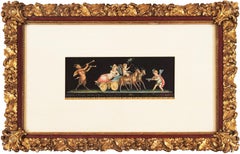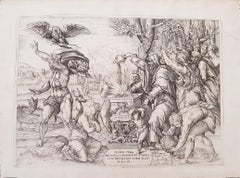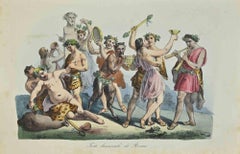Articoli simili a Bacchanal
Vuoi altre immagini o video?
Richiedi altre immagini o video al venditore
1 di 10
Giovanni Andrea PodestàBacchanal1649
1649
2089,36 €
Informazioni sull’articolo
Bacchanal
Etching, 1649
Inscribed in the square left: "Magnificentis/simo Principi/Paolo lorda/no. II Bracci/ani Duci/Aud. P.DDD/1640; Inscribed on right: Rome apud Franciscsum Saluucium
Condition: Usual centerfolds from paper manufacture
Plate: 10 3/8 x 15 1/2"
Sheet: 11 1/2 x 16 1/2";
References:
Bartsch XX.4
Sopher Plate 145
An impression of this image is in the collections of the Philadelphia Museum of Art and the National Gallery of Art, Washington
An exceptionally rich impression in excellent condition.
From Wikipedia, the free encyclopedia
Putti as Allegory of Music
Giovanni Andrea Podestà or Giovanni Andrea Podesta (1608 - c. 1674) was an Italian painter and engraver who was principally active in Rome. His principal subject matter is children playing in landscapes with classical objects. His works show the influence of Poussin's Arcadian landscapes and bacchanals, which were ultimately derived from Titian's bacchanals.
Life
Giovanni Andrea Podestà was born in Genoa. He was formed in Genoa with Giovanni Andrea de Ferrari and Domenico Fiasella according to the information provided by the contemporary Genoese biographer Raffaele Soprani. He is also recorded as an apprentice of Giovanni Battista Paggi in 1627.
His presence is documented from in 1634 in Rome where he made drawings after the statues and ancient reliefs at the famous Giustiniani collection. These were subsequently engraved for publication in the 'Galleria Giustiniani'. The artist's career ran a course similar to that of the young Domenico Fiasella. In Rome his art evolved in contact with the works of Poussin, Andrea di Leone, Pietro Testa and the Flemish artists François Duquesnoy and Karel Philips Spierincks.
In 1650 Podesta became a member of the Accademia di San Luca in Rome. He died in Genoa.
Work
A majority of Podestà's paintings depict children playing amid classical objects in landscapes. Few of his paintings have survived and his work is now mainly known from the etchings he made himself after his compositions. In particular a series of prints published in Rome which date from 1636 to 1661 form an important source of information on his work.
Putti in a Landscape
Podestà made prints after the bacchanals of Titian, which he dedicated to powerful patrons. He dedicated a series of prints to the pleasures of wine to Paolo Giordano Orsini II, Prince of Bracciano. Orsini also owned multiple paintings by Podestà, including two landscapes and seven small paintings of seafood. A Worship of Venus etched after Titian was dedicated to Cassiano dal Pozzo and other prints of bacchanals to Fabio della Cornia. The artist clearly tried tocurry favour with the Barberini family through these dedications.[3] Cassiano dal Pozzo was known for his archaeological interests. Podestà's acquaintance with Cassiano dal Pozzo may have played a role in Podestà’s artistic development and may have put him in the circle of Poussin. This circle included Flemish artists such as the sculptor François Duquesnoy and the painter Karel Philips Spierincks who at one time or the other shared a home in Rome and also had common artistic interests. In this circle there was an interest in Classicism as well as a growing interest and admiration for the bacchanals of Titian. This found expression in copies and reproductions after Titian as well as new compositions inspired by the theme of the bacchanals. The mutual influence of the artists in this circle is clear from the fact that Podestà 's Bacchus and Ariadne (At Arte Antico) cites in the putto who scares another putto with a mask similar figures in a Drunken Silenus of the Flemish painter Karel Philips Spierincks.
The quality of his work and its closeness to the Poussin circle was such that it is often difficult to distinguish his work from compositions by Poussin and Spierincks. His work has considerable charm, a feature sometimes lacking in the work of his more illustrious contemporaries. One scholar noted that 'Although Podestà was neither a great designer nor a great draughtsman, his amusing conceits display the lighter side of the often sober classical devotees in Rome in the 1630s and 1640s.' Although a rather marginal artist, his works depicting putti at play definitely had an influence on late Genoese Baroque painting, such as on the decorative artists of the 'Casa Piola'.
The few drawings by Podesta that have been preserved show features familiar from his etchings: contorted facial expressions, small twisting figures, patches of dark cross-hatching and an interest in still-life. In their precision they are similar to and possibly derived from Sinibaldo Scorza, whose prints may have been an inspiration for Podestà's own etchings.
- Creatore:Giovanni Andrea Podestà (1615 - 1674, Italiano)
- Anno di creazione:1649
- Dimensioni:Altezza: 29,21 cm (11,5 in)Larghezza: 41,91 cm (16,5 in)
- Tecnica:
- Movimento e stile:
- Periodo:
- Condizioni:
- Località della galleria:Fairlawn, OH
- Numero di riferimento:Venditore: FA95541stDibs: LU14014429832
Informazioni sul venditore
5,0
Venditore riconosciuto
Questi venditori prestigiosi sono leader del settore e rappresentano il massimo in termini di qualità e design.
Venditore Platino
Venditori Premium con valutazione 4.7+ e tempi di risposta entro 24 ore
Fondazione nel 1978
Venditore 1stDibs dal 2013
809 vendite su 1stDibs
Tempo di risposta standard: <1 ora
Associazioni
International Fine Print Dealers Association
- SpedizioneRecupero del preventivo…Spedizione da: Fairlawn, OH
- Politica di reso
Alcune parti di questa pagina sono state tradotte automaticamente. 1stDibs non può garantire che le traduzioni siano corrette. L’inglese è la lingua predefinita del sito.
Garanzia di autenticità
Nell’improbabile caso in cui si verifichi un problema con l’autenticità di un articolo, contattaci entro un anno per ottenere un rimborso completo. DettagliGaranzia di rimborso
Se il tuo articolo non corrisponde alla descrizione, è danneggiato durante il trasporto o non arriva, contattaci entro 7 giorni per un rimborso completo. DettagliAnnullamento entro 24 ore
Hai un periodo di tolleranza di 24 ore per annullare il tuo acquisto, senza necessità di fornire spiegazioni.Venditori professionali selezionati
I nostri venditori di livello internazionale devono aderire a rigorosi standard di servizio e qualità, garantendo l’integrità delle inserzioni.Garanzia miglior prezzo
Se scopri che un venditore ha pubblicato altrove lo stesso articolo a un prezzo più basso, applicheremo lo stesso prezzo.Consegna globale affidabile
La nostra rete di vettori leader del settore offre opzioni di spedizione specializzate in tutto il mondo, inclusa la consegna personalizzata.Altro da questo venditore
Mostra tuttoL'allattamento di Giove Bambino dalla capra Amaltheia (La nascita di Giove)
Di Luigi Quaini
Il neonato Giove che allatta dalla capra Amaltheia
(La nascita di Giove)
Gesso rosso e lava su carta bianca, 1700 ca.
Senza segno
Attribuito a Quaini da Dwight Miller, lo studioso d...
Categoria
Fino al XVIII secolo, Barocco, Disegni e acquarelli figurativi
Materiali
Gesso
Scena II, Le Nozze Degli Dei
Di Stefano Della Bella
Scena II, Le Nozze Degli Dei
Acquaforte, 1637
Firmato nella lastra in basso a sinistra
La scena rappresenta il momento iniziale in cui Diana si rivela, circondata dalle sue ninfe, me...
Categoria
Anni 1630, Antichi maestri, Stampe (paesaggio)
Materiali
Acquaforte
Ostiakes
Di Cornelis de Bruijn
Ostiakes
Incisione, 1718
Da: Voyages de Corneille le Brun par la Moscovie, en Perse, et aux Indes Occidentales (traduzione francese, 1718), Capitolo XXI
Gli Ostyak fanno parte di un ...
Categoria
Anni 1710, Antichi maestri, Stampe (paesaggio)
Materiali
Incisione
Il giardino dell'amore (dopo Peter Paul Rubens [1577-1640])
Di Christoffel Jegher
Il giardino dell'amore (dopo Peter Paul Rubens [1577-1640])
Dittico xilografico, 1633-1636 ca.
Ognuno dei due fogli è firmato nella lastra in basso a destra
Impressione postuma con p...
Categoria
XVII secolo, Antichi maestri, Stampe figurative
Materiali
Xilografia
Eurito Echione e Etalide Argonote
Eurito Echione e Etalide Argonote
Acquaforte, 1664
dopo Remigio Cantagallina
Da: La manifique carousel fait sur le fleuve de l "Arne a Florence, pour le Mariage du Le Duc, (18 tavole...
Categoria
Anni 1660, Antichi maestri, Stampe (animali)
Materiali
Acquaforte
Una coppia di disegni ovali per Ovidio, Metamophoses
Di Charles Joseph Natoire
Una coppia di disegni ovali per Ovidio, Metamophoses
A sinistra: Il trionfo di Anfitrite (Libro I)
Giusto: Diana e Atteone (Libro III)
Da: Ovidio, Metamofosi
Questi studi mitologici...
Categoria
Anni 1760, Barocco, Disegni e acquarelli (ritratto)
Materiali
Inchiostro, Penna
Ti potrebbe interessare anche
Baccanale mitologico di Carpioni Olio su tela del XVII secolo Arte antica
Giulio Carpioni (Venezia, 1613 - Vicenza, 1678), Attribuibile a
Baccanale
Olio su tela 98 x 132 cm. - In cornice 120 x 154 cm.
Questo dipinto di alta qualità e splendidamente...
Categoria
XVII secolo, Antichi maestri, Dipinti
Materiali
Olio
13.312 € Prezzo promozionale
20% in meno
Baccanale, Pompei di metà secolo, Mitologia romana, Bacco, Neoclassico
Di Giovanni Gallo
Firmato in basso a destra "Gallo Giovanni" per Giovanni Gallo (italiano, XX secolo) e datato 1954.
Titolato in basso a sinistra: "Eseguito a Pompei, 'Trionfo di Bacco'".
Con cornic...
Categoria
Anni 1950, Disegni e acquarelli (nudo)
Materiali
Carta, Gouache
Il sacrificio di Ifigenia
Di Nicolas Beatrizet
Acquaforte e puntasecca in bianco e nero su carta vergellata, che rappresenta il mito del sacrificio di Ifigenia. Sull'altare è scritto "Ifigenia" in lettere maiuscole. Sul margine i...
Categoria
XVI secolo, Antichi maestri, Stampe figurative
Materiali
Puntasecca, Acquaforte
Usi e costumi - Festa dei baccanali - Litografia - 1862
Usi e costumi - Festa dei Baccanali è una litografia su carta realizzata nel 1862.
L'opera d'arte appartiene alla Suite degli usi e costumi di tutti i popoli dell'universo: "Storia ...
Categoria
Anni 1860, Moderno, Stampe figurative
Materiali
Litografia
Baccanali - Acquaforte di P. Fontana dopo A. Tofanelli - 1821
Di Pietro Fontana
"Baccanale con Bacco, Sileno, Fauni e Menadi è una bellissima acquaforte e bulino in bianco e nero su carta, realizzata dall'artista italiano Pietro Fontana (Bassano Romano,1762 - R...
Categoria
Anni 1820, Moderno, Stampe figurative
Materiali
Acquaforte
XVIII secolo Dal Maestro francese Baccanale Olio su tela
Maestro francese del XVIII secolo
Titolo: Baccanale
Medium: Olio su tela
Dimensioni: senza cornice 24 x 30 cm - con cornice 33,5 x 39 cm
Telaio in legno di forma antica laccato color...
Categoria
XVIII secolo, Antichi maestri, Dipinti figurativi
Materiali
Olio, Tela
10.886 € Prezzo promozionale
20% in meno
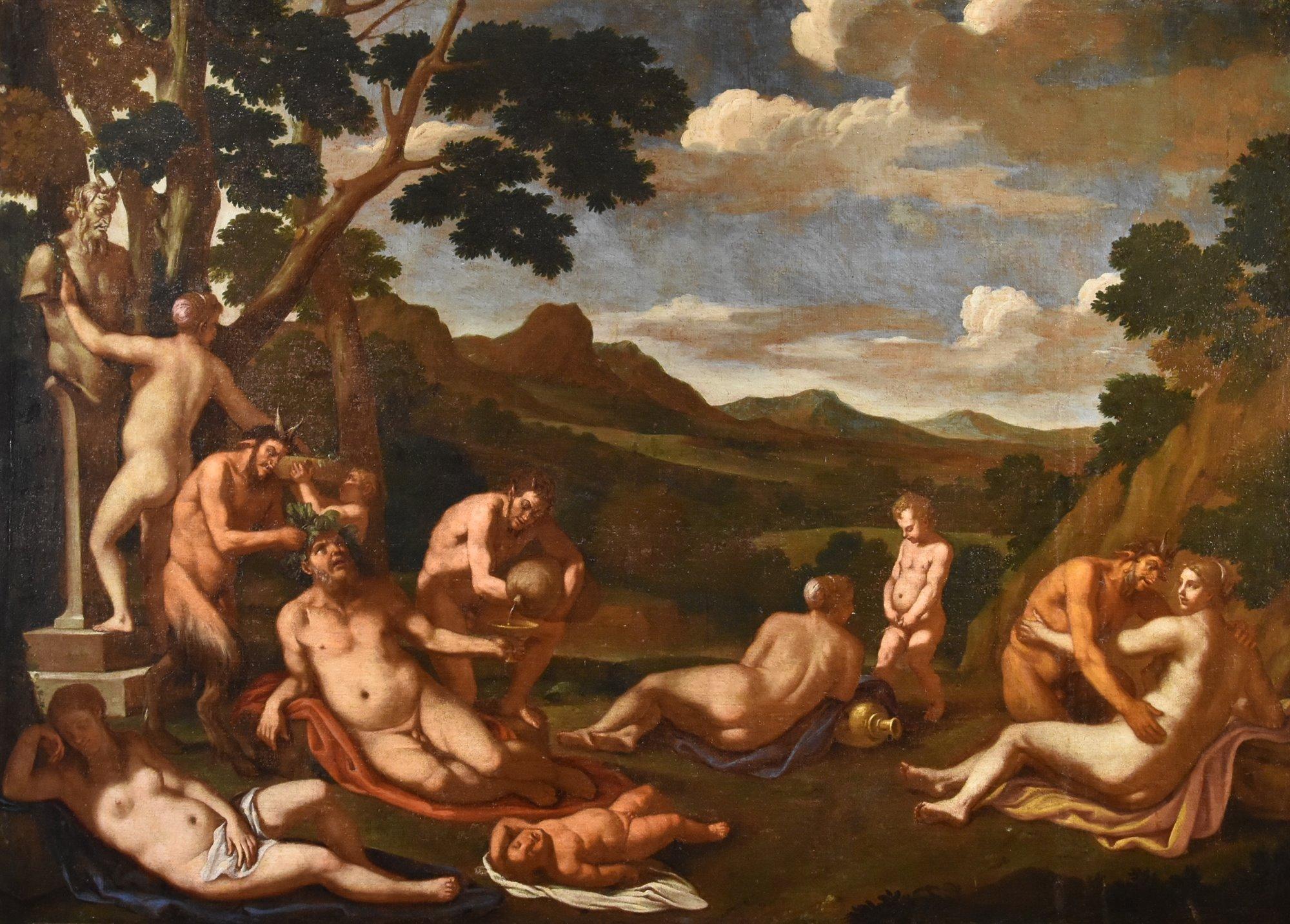
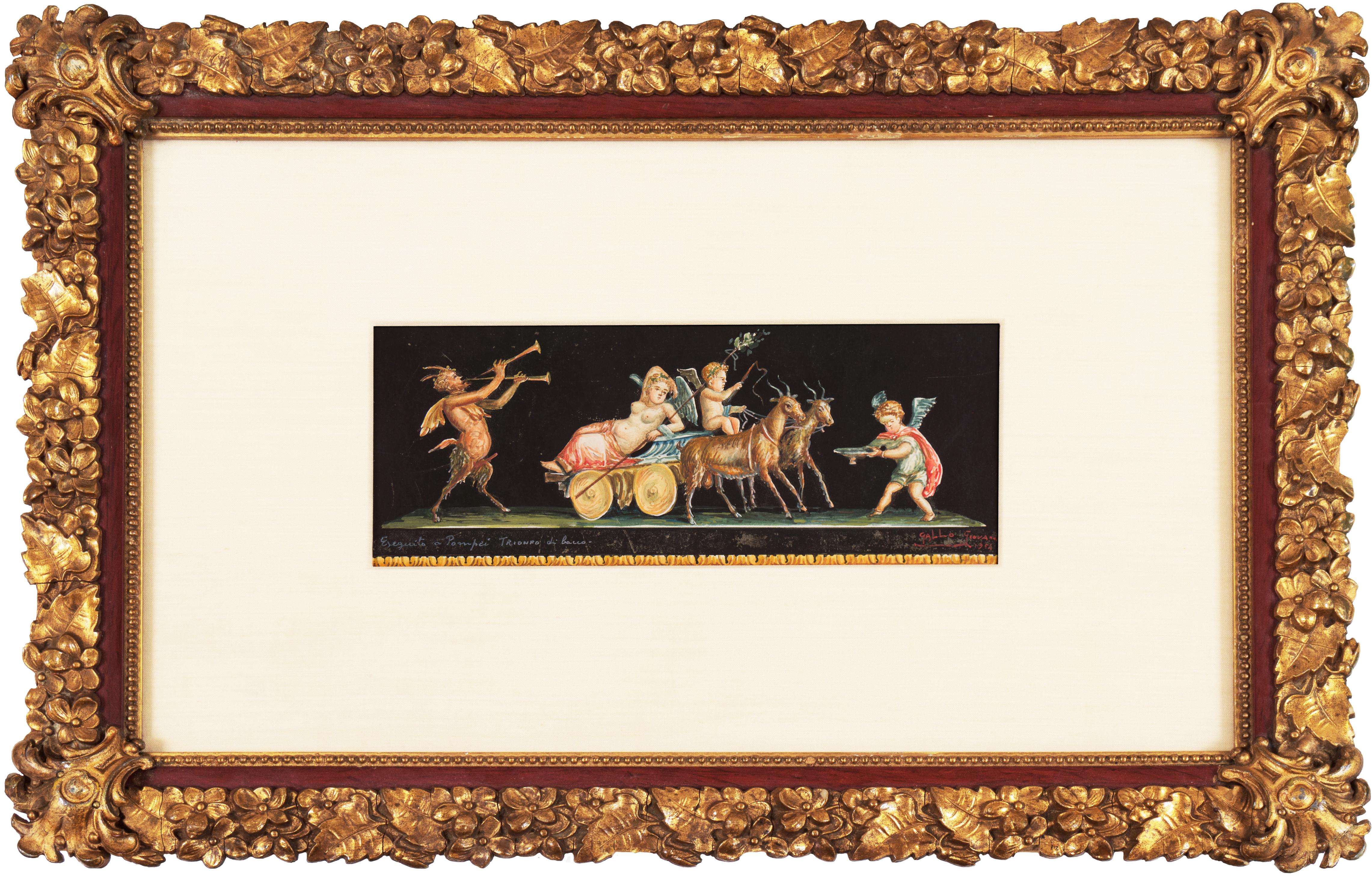
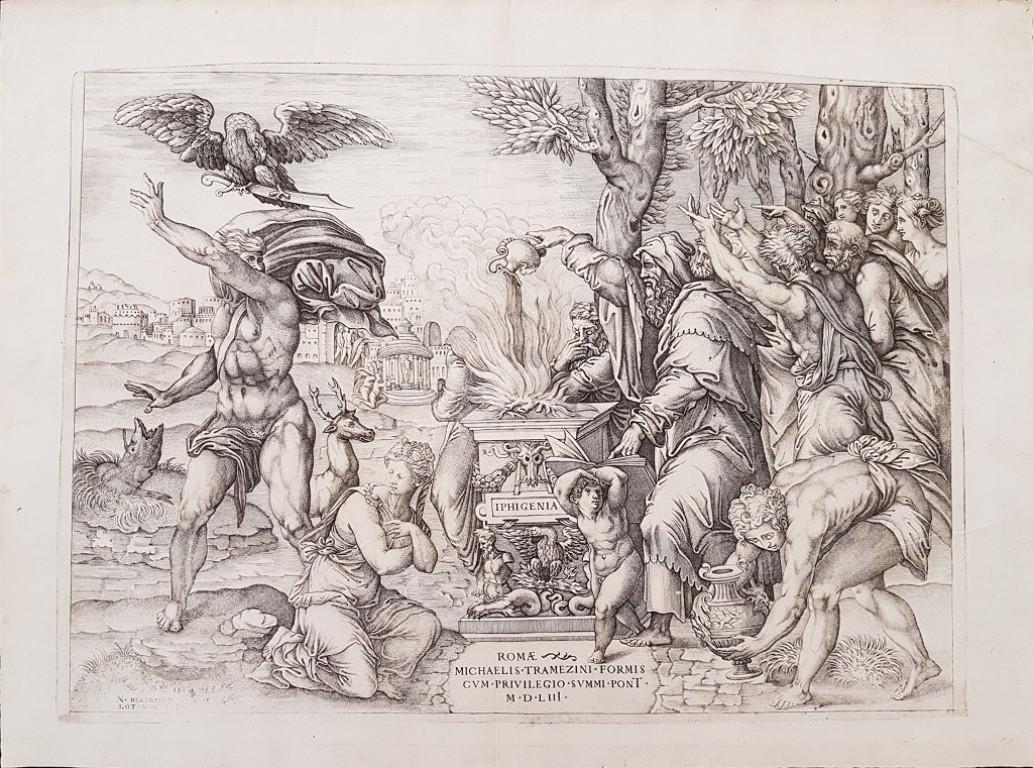
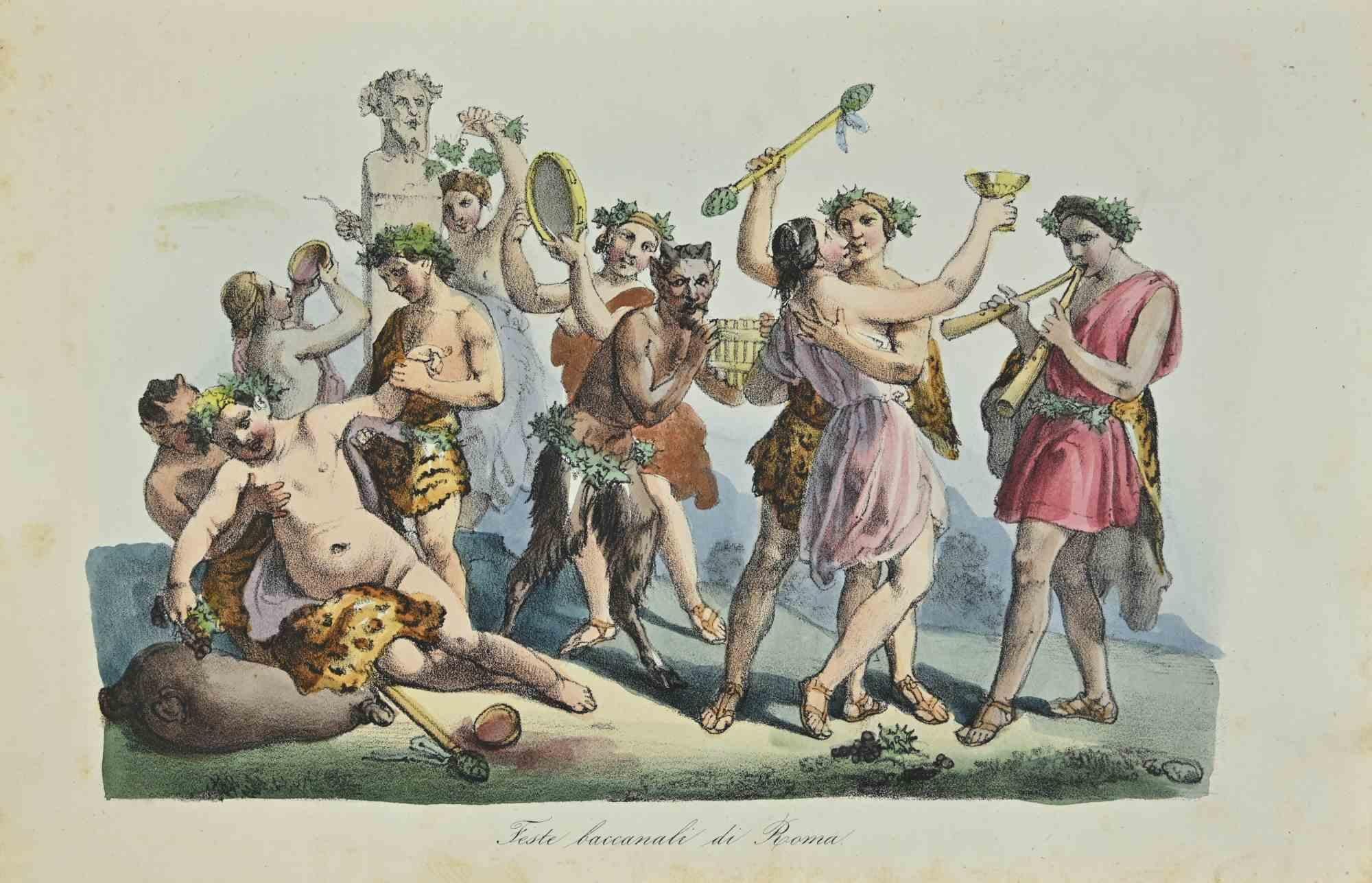
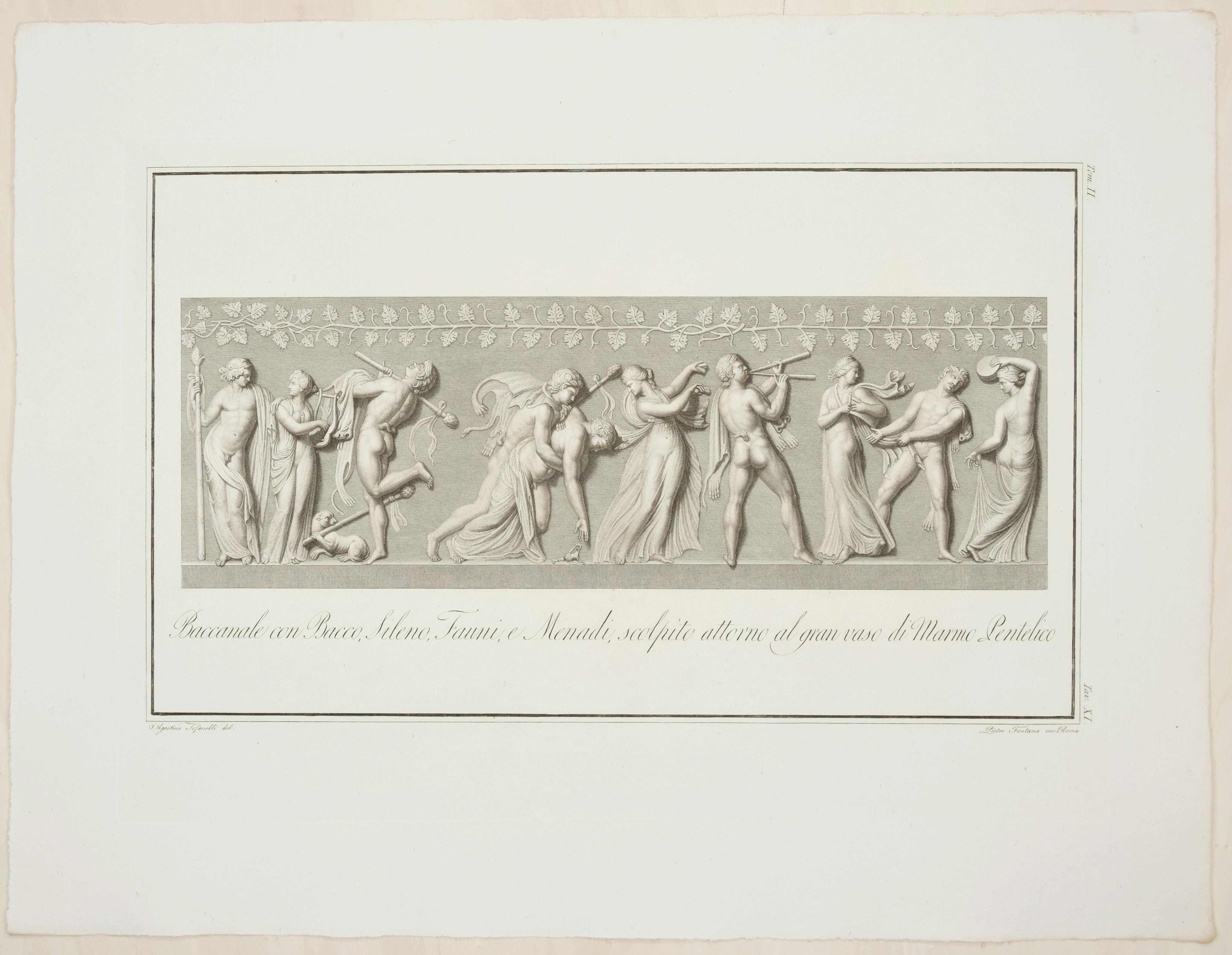
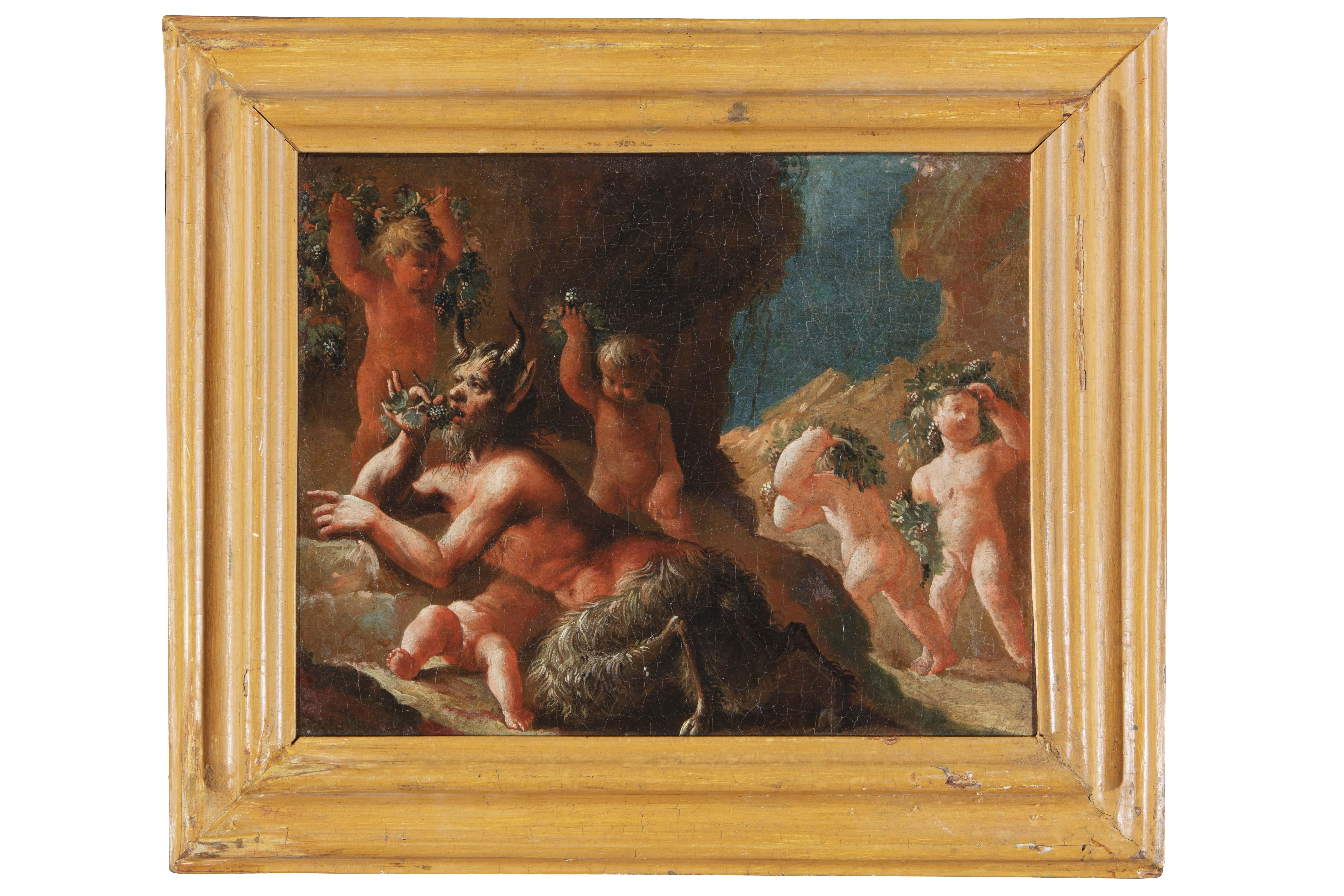
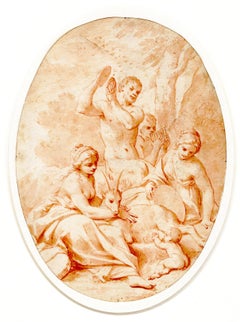
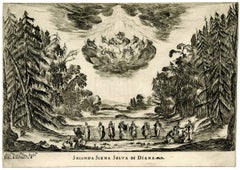
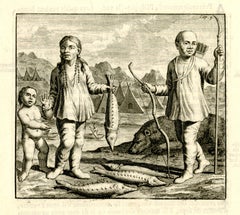
![Il giardino dell'amore (dopo Peter Paul Rubens [1577-1640])](https://a.1stdibscdn.com/christoffel-jegher-1596-1652-3-netherlands-prints-works-on-paper-the-garden-of-love-after-peter-paul-rubens-1577-1640-for-sale/a_140/a_147163221719706543029/FA1849_montage_master.jpg?width=240)
